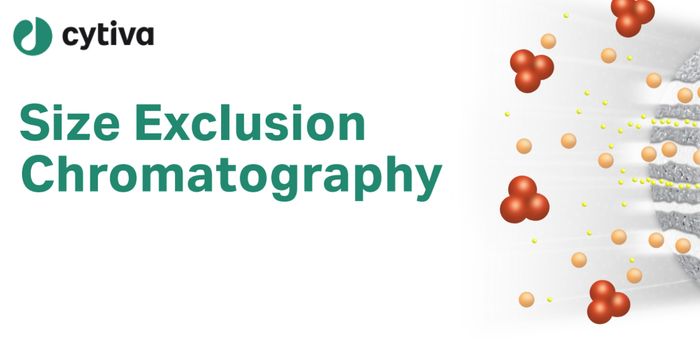In order for the body to produce proteins to perform countless functions for daily maintenance, messenger RNA (mRNA) must be transcribed from the genetic information contained in DNA, and then the information from mRNA must be translated into a chain of amino acids. Transcription and translation are studied by biology students all over the world, and scientists are now realizing that the two processes are regulated differently and more complexly than previously thought.
New York University biologist Christine Vogel, PhD, likens the “highly regulated and coupled” processes of mRNA and protein production from the genetic information in DNA to someone walking up a moving escalator. Which movement is more important, the escalator mechanism or the person walking? In her recent paper published in
Molecular Systems Biology, Vogel provides evidence for both types of actions being equally as important in the context of protein production.
By observing protein and transcriptional changes in mammalian cells in response to stress brought on by dithiothreitol (DTT), an antioxidant molecule used to stabilize enzymes and other proteins, Vogel and her team were able to observe differences in pattern over time between the two processes’ responses to outside stimuli (
Promega).
Results from the study showed the DNA to mRNA transcription is a “pulse-like” process, whereas RNA to protein is more like an “on/off switch.”
"It is very costly for the cell to make proteins, but making RNA messages from DNA is a relatively low-energy and simple process, so it makes sense that we see frequent, or pulsating, signaling at this stage," Vogel said.
Protein production, on the other hand, is an “intricate undertaking,” which requires a steady stream of supply of energy and other resources. Vogel’s study shows that the difference in complexity between transcription and translation explains why one process is regulated more definitively, with a clear on and off state, and the other can transition between on and off more fluidly.
“Once you decided to stop production of proteins, you do not turn it back on that easily, and the other way around,” Vogel said.
The implications of these new findings are many. Learning more about genetic regulation could lead to gaining insight into the nature of genetic mutation genesis, improving gene therapy, and other aspects of genetics applicable to health and medicine.
Source:
New York University









